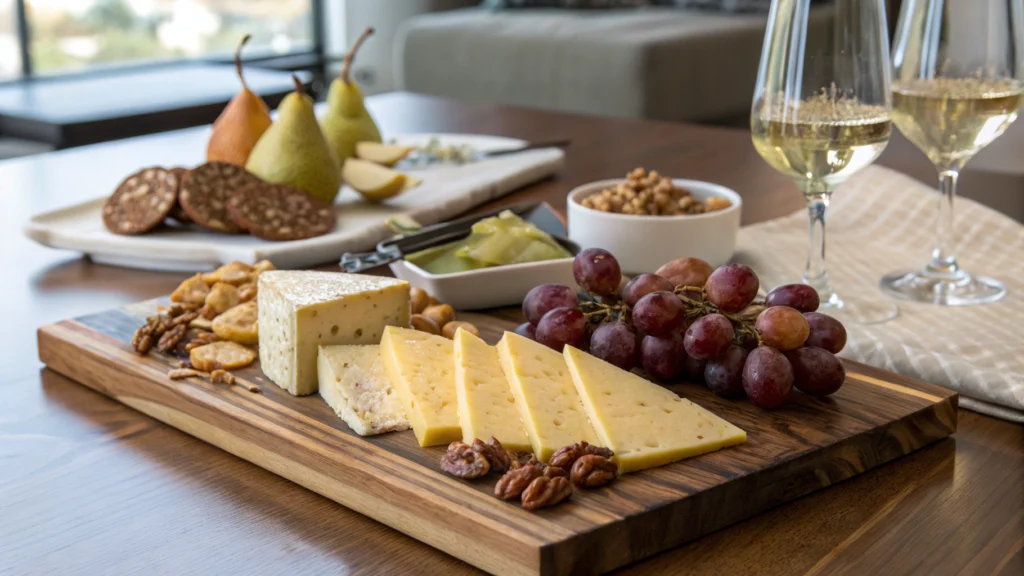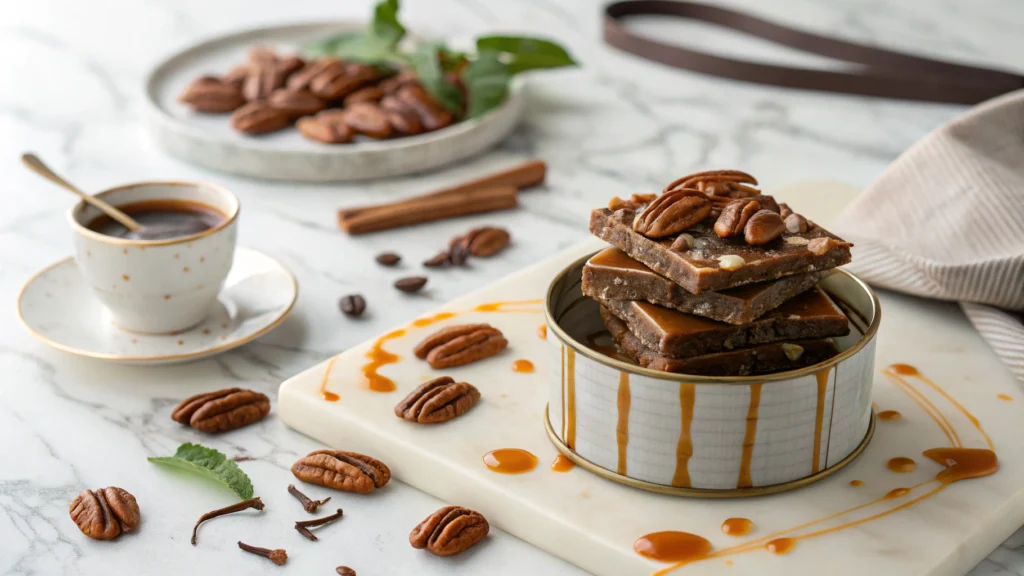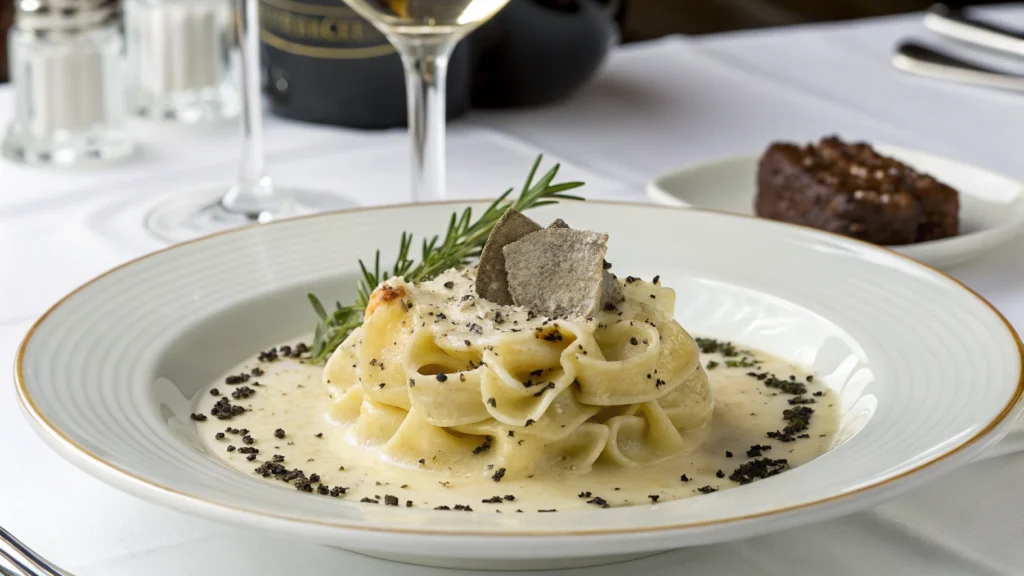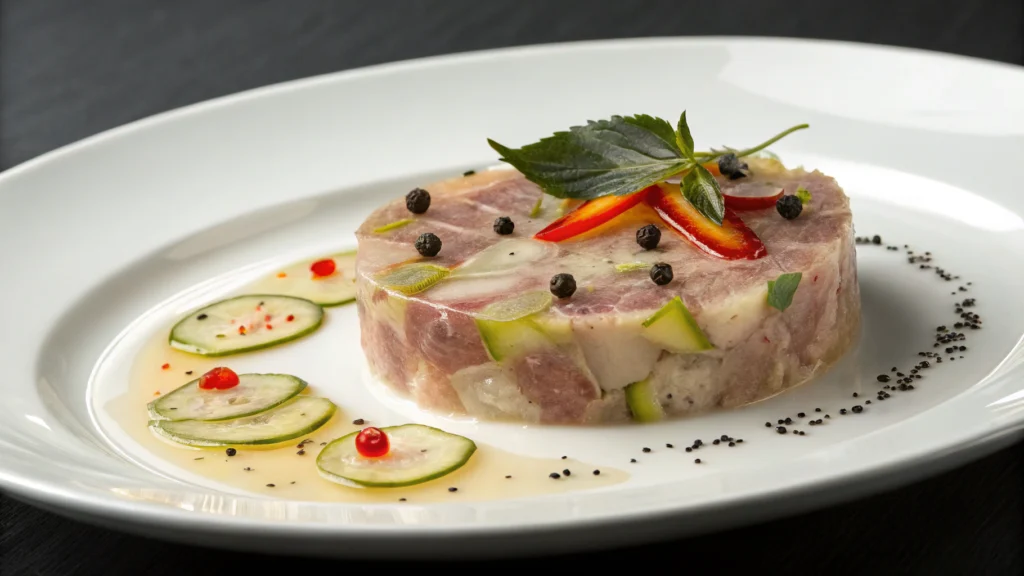
Introducing Gruyère Cheese
What Makes Gruyère So Special
In the world of cheese, few cheeses are as revered as Gruyère cheese. The name evokes thoughts of historic traditions associated with the mountains and rolling meadows of Switzerland. The flavor of Gruyère is amazing, rich, and nutty, and it is enjoyed all over the world.
People from different walks of life and with varying skill levels can have fun with Gruyère cheese. It can shine in a bubbling fondue pot or sit alongside artisan-made meats and accompaniments on a charcuterie-style board. Its versatility is amazing.
Gruyère is great as an ingredient, but certainly can hold up on its own as a primary showcase item. It is special because of its complexity—the balance between earthiness and sweetness, both of which have significant long-lasting power.
When it comes to cheese, Gruyère cheese will take your taste buds on a journey. It is certainly one worth taking for both committed cheese lovers and those yet to experience.
A Summary of Swiss History
Gruyère cheese has been made since the Middle Ages in the Fribourg area of Switzerland. Named after the town of Gruyères, Gruyère cheese has a documented history of more than 900 years. Monks and farmers tended this cheese-making tradition and passed it down for generations.
By the 12th century, Gruyère had become a very valuable product and was sent as far away as France and Germany to be traded. The reputation the cheese gained introduced Gruyère to become recognized as AOP (appellation d’origine protégée). The AOP designation allows consumers to buy an authentic wheel of cheese, knowing that it originated and produced in Switzerland.
Furthermore, it helps customers understand that each wheel of Gruyère tells a story rooted in Switzerland. Gruyère cheese has continued to showcase the skillful elegance of cheesemakers by honoring the rich heritage and pastoral landscape of Switzerland in every bite.
Origins and Heritage
Connection to the Swiss Alps
Gruyère cheese has its roots nestled in the Alps, on pastures full of beautiful wildflowers and glistening blue skies. The idyllic, pristine meadows – roamed by cows producing milk that provides the essential character for this cheese – exists because of the biodynamic relationships bestowed in the soil and climate of the region and the elevation of the Alps.
In the Alps, while grazing, the milk secreted from local cow breeds’ rich fat content, compounded with the flavors found in pastures, has cultivated something entirely unique to Gruyère. The cows and pastures have always been interconnected, making it possible for Gruyère cheese to thrive. In the Alps, terroir has significance outside of just wine. Gruyère cheese has retained its identity, culture, and history from the valleys of the Swiss Alps.
Traditional Methods of Production
Making Gruyère cheese has faithfully adhered artisans to traditions and cultural practices since the region’s cheesemaking was birthed in the mountains. From raw cow’s milk – unpasteurized to preserve flavor – the process begins. Fresh milk is carefully heated in a copper vat, to an ideal temperature using the right amount of rennet to perforate the curds into clumps.
The curds are then cut, stirred and poured into molds, which become a massive wheel. The wheels will age in a bath of brine. Each step, from milking to maturing the cheese, follows strict AOP regulations. Gruyère cheese has continued to enjoy and preserve its respect for tradition in flavor and taste, paying homage to the long history that has developed over time.
Making Gruyère: The Artisanal Production Process
Selecting the milk, then curdling it
The story of Gruyère cheese begins with the milk. Only unpasteurized, whole milk from specific Swiss cantons will qualify, to maintain a baseline of quality. These famous Swiss dairy cows, grazing on alpine grasses, produce a concentrated essence of richness and flavor. At the dairy, the milk is then warmed in copper vats – harking back to their origins.
Rennet, a natural enzyme derived from calves, is pumped through the milk to form curds. The process is delicate – you have to respect a number of critical factors like the temperature, time, size of cut, etc. Once curds form, they are very carefully cut to release whey. This is where Gruyère cheese first takes shape, and it is the first major step in cementing the texture of Gruyère cheese, a key milestone in the transformation of liquid to legend!
Aged to perfection
Once Gruyère cheese is made, the aging process takes it to sublime heights. Wheels of Gruyère will be stored untouched in humid caves for six months to sometimes a year plus. While they are aging, they are turned, washed with brine, and watched carefully for a firm rind to develop.
We respectfully call wheels of Gruyère cheese “younger” at six months old, and they offer a creamier, milder identity than what’s considered a lengthy aged Gruyère cheese of 18 months or more where the texture is almost crystalline in character. Aging time then becomes an essential characteristic of the complexity of flavor in Gruyère cheese unleashing nutty and earthy notes.
Aging is the science, and is the art of Gruyère cheese that allows it the depth that allows discerning palates the pleasure they come to expect!
Flavor Profile and Characteristics
Earthy, Nutty, and Complex
Gruyere cheese is a tasting experience. First the nutty flavors of roasted hazelnuts dance on the palate, then earthy notes of damp forest floors come into play, followed by a hint of caramelized fruit as it ages. Elements of flavor reveal themselves in a fashion more akin to a symphony than a song. Gruyere cheese flavors start off smooth and grow more and more assertive as the cheese continues to age.
Young Gruyere has a pleasant smooth palate, while matured Gruyere explodes on the palate with piquant intensity. The layering and endless magnificence of nuanced flavor explains why Gruyere cheese is a chef’s and connoisseur’s favorite. Each inch of exposure only serves to marry the rich flavor with nuance to avoid tasting like a fat slice of richness. Gruyere cheese is best appreciated as a cheese at any platter when will become the star of simple or complex dishes with relative ease.
Texture and Appearance
As if all of that flavor was not enough, the texture of Gruyere cheese is almost as captivating as its flavor. Firm yet supple, the cheese body yields readily to the knife. Young wheels have a creamy texture that borders on velvety while the aged have a more crystalline bite, and rust colored rind that protects the raw treasure.
Gruyere cheese interior is a pale gold color, that gives away hints at its craftsmanship as well. When Gruyere cheese melts, the result is a silky flow of perfection when used to create fondue. There is nothing better than Gruyere’s sensory appeal and value that we wish to explore in every medium possible.
Culinary Uses of Gruyère
Melting Champion of Fondue
Gruyère cheese is fondue or vice-versa. The great melting quality of Gruyère creates a smooth, luscious sensation when paired with white wine and garlic. Gruyère fondue is served in a communal pot with complements like fresh crusty bread, vegetables, and fruits; you can dip pretty much anything into melted Gruyère fondue and it will be better than anything that you dip it into.
The nutty richness of Gruyère neutralizes the acidity of the wine. Fondue is only an extension of what we can do with Gruyère. Consider potato or cauliflower gratin where it bakes under its golden decadence. It is the melting quality and texture of Gruyère that keeps it together and evenly melted, which is why Gruyère cheese is a mainstay of alpine cuisine and brings warmth to our hearts (and hearths).
Changing the Ordinary into Something Special
Gruyère has a way of making the everyday extraordinary food experiences. Wherever you can add Gruyère, it will change the experience. A simple soup can be transformed with a sprinkle of Gruyère; a simple sandwich becomes gourmet with total immersion in Gruyère. A quiche or an omelet becomes creamy and savory endowed by Gruyère.
And your macaronis and cheese (kissed by Gruyère) is boundary crossing indulgence! Gruyère feels limitless in its culinary applications, inside or outside of baking savory scones or baked cheesy puff pastries. Even the simple grilled cheese sandwich made with Gruyère is better than a version you’ll find in a restaurant. The versatility of Gruyère or its ability to ignite your creativity as a cook goes beyond being just an item, it is simply an ingredient that inspires cookery to turn the mundane into something magnificent.
Pairing Gruyère with Wines and Accompaniments
Ideal Wine Pairings
Pairing Gruyère cheese and wine is essentially a culinary art form. It’s nutty complexity harmonises with a variety of varietals. A crisp Sauvignon Blanc refreshes the palate after Gruyère’s richness. An aged Gruyère pairs well with bold Chardonnay with oaky undertones, enhancing the cheese’s depth.
Those looking for a red wine might choose Pinot Noir, which, because of its fruitiness, deftly balances Gruyère’s earthiness. Finally, sparkling wine – Champagne – is the ideal festive pairing, whose bubbles enliven the palate by cleansing it and inviting another sip. Each sip and each bite is an interjection in what is a conversation. Gruyère cheese and wine are communicative partners; each cultivates the other’s virtues, to the delight of perceptive eaters.
Accompanying Flavors
However, it is not all about the wine; Gruyère cheese is also delightful with accompaniments too. Fresh fruits, like apples or pears, provide a sweet foil. Nuts, particularly almonds or walnuts, converse effectively with Gruyère’s nutty aspect. Charcuterie, such as prosciutti, provide a salty counterpoint.
Serving either in a rustic manner on crusty bread or artisanal crackers would be a perfect representation of the rustic and artisanal staples. Honey or fig jam also introduces a delicate sweetness that resonates with Gruyère cheese’s caramel notes. These pairings, which are consciously paired or simply discovered, provide the quality of elevation, and any embodiment of Gruyère cheese will be a component of the tasting experience; the way it expresses its flavours will continue to unfold with each bite.
Gruyère in Global Cuisine
Classics Swiss and More
If you think of Swiss classics, you’re sure to think of raclette, fondue, and other dishes featuring Gruyère cheese, that can add that creamy richness and melting–notice I didn’t say melting–power. . It is practically a brand name with its melting powers in croque-monsieur, elevating the classic French sandwich status, is far off-rafter than melting cheese on a sandwich.
Beyond that, the Swiss product of Gruyère cheese is also associated with Italian dishes, such as polenta gratins, where it lends the richness to an already rich dish. In the United States, chefs are using Gruyère on hamburgers and as components in casseroles. Besides being a delicious ingredient, Gruyère can be enjoyed in any cuisine, wherever it fits.
Gruyère cheese has a global appeal with chefs who value its versatility to fit into their dishes or enhance them without overpowering the flavors. Gruyère cheese can trash its Swiss roots and become a citizen of the world, impacting culinary traditions wherever it lands.
Modern culinary stylings : where chefs are rethinking Gruyère cheese using modern techniques. Or perhaps just inventively. Those chefs are including Swiss cheese on gourmet pizzas, where it demonstrates added depth to its partners of dishes with a truffle or wild mushroom topping.
There are fusion dishes where chefs include Gruyère to add flavor to East-Asian inspired flavors like miso-glazed vegetables, or are daring enough to try molecular gastronomy to invent a Gruyère foam, for example. There are desserts, like savory cheesecakes again with Gruyère’s nutty flavor prominently on display.
These culinary fitments display the many ways to use Gruyère and through those styles, Gruyère is no longer just one more way to add creeping, nutty flavor, as chefs can lay claim to the inventiveness when it comes to their creation’s and awareness to digress from normal and common cooking to different ways to include or showcase impressive dishes for audience.
Finding and Storing Gruyére
Finding real Gruyère
Real Gruyère cheese is marked with “AOP” as guarantee of Swiss provenance and quality. It can be purchased at specialty cheese shops and trusted grocers, mostly in pre-cut wedges or whole wheels. Many online retailers also provide access to artisanal producers to guarantee the freshest delivery.
When purchasing Gruyère, look for the name Gruyère and the source of origin. To appreciate the complexity of flavors and mouth feel of the cheese, one should avoid buying imitations, which tend to be shallow. Atlantic, Mediterranean or local market in Switzerland (if so lucky to visit), is an experience in and of itself. Buying real Gruyère is more than just paying for a commodity, it will reward your explorations of flavor, give a sense of causal pride in buying individually from local traders, and understanding the role of the cheese in its alpine moment.
Proper Storage Methods
To preserve the beauty of Gruyère cheese, proper storage is required. Gruyère cheese should be stored in the refrigerator where temperature range is 35°F and 40° F. To preserve the cheese, more of dry wrapping needs to be done with care, as mentioned, it should be wrapped tightly in wax paper and loosely in plastic. It is best to avoid airtight containers in an attempt to minimize drying out of the cheese because the cheese is alive and equals trapping moisture.
If the Gruyère needs to be stored for longer than a week or two it can be frozen, but the texture may change after thawing and slowly warming at preparation. Allow the Gruyère to warm to room temperature, to obtain its full range of flavor. Proper storage management prolongs the life of Gruyère from when it takes a trip to its kitchen, desk, or picnic, to you take your first slice or shred to elicit the best flavors from its alpine experience.
you may like it




